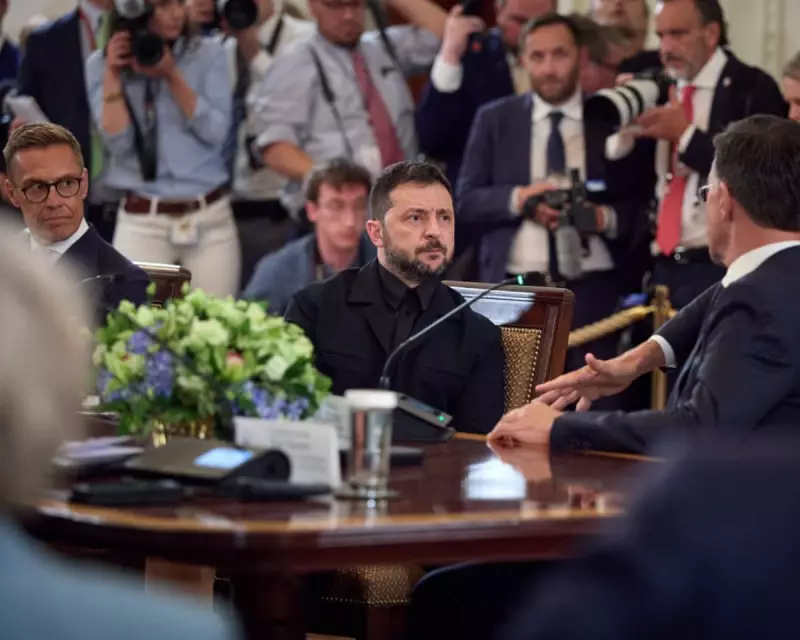
The quest for a lasting peace in Ukraine hinges on a critical and complex question: what security guarantees can the West provide that would convince Kyiv to lay down its arms, and would they be strong enough to deter future Russian aggression?
The Core Dilemma: Armistice vs. NATO Membership
At the heart of the negotiations lies a fundamental trade-off. Ukraine is being asked to accept a temporary armistice, likely involving a frozen conflict line and postponed talks on Crimea, in return for Western promises of future protection. The most coveted prize—full NATO membership—remains off the table for now, deemed too politically incendiary to trigger during an active, albeit paused, war.
The 'Israel Model': A Template for Ukrainian Defence?
One leading proposal, often dubbed the 'Israel model', envisions a long-term, massive infusion of Western military aid, intelligence sharing, and advanced weaponry. The goal would be to transform Ukraine into a 'porcupine'—a nation so heavily fortified and armed that the cost of any future invasion would be prohibitively high for Moscow. This would involve binding bilateral security agreements with key nations like the US, UK, and France, ensuring a steady pipeline of arms and training for decades to come.
What's on the Table? Potential Components of a Deal
- Bilateral Security Pacts: Individual treaties with G7 nations guaranteeing military and financial support.
- Weapons Modernisation: Commitments to fund and supply advanced air defence systems, combat aircraft, and artillery.
- Intelligence Alliance: Deep, formalised integration with Western intelligence agencies for real-time threat monitoring.
- Economic Stabilisation: Massive packages for reconstruction and to bolster Ukraine's defence-industrial base.
- Sanctions Backstop: Agreements to maintain and swiftly reimpose devastating economic sanctions on Russia if it re-attacks.
The Elephant in the Room: The American Question
The entire architecture of any security guarantee depends overwhelmingly on the United States. European allies, while significant, cannot match the scale of long-term US commitment. This creates a precarious vulnerability—any future shift in American political winds, such as the election of a less supportive administration, could unravel the entire agreement, leaving Ukraine exposed. Negotiators are desperately seeking ways to 'Trump-proof' any deal, making commitments as binding and bipartisan as possible.
A Path to NATO, or a Permanent Limbo?
The grand bargain implies that these security arrangements are a bridge to eventual NATO membership. However, a grave risk exists that the bridge leads nowhere. With a conflict 'frozen', the urgency for NATO to offer Article 5 protection could fade, potentially leaving Ukraine in a permanent state of armed neutrality—heavily armed but fundamentally alone against a larger neighbour.
For Ukraine's leadership, the decision is agonising. Accepting a deal trades immediate, full sovereignty for a promise of future security—a promise that must be credible enough to sell to a nation that has sacrificed immensely. For the West, it is a test of strategic foresight: whether it can craft a guarantee so robust that it not only secures peace today but ensures it for generations to come.





